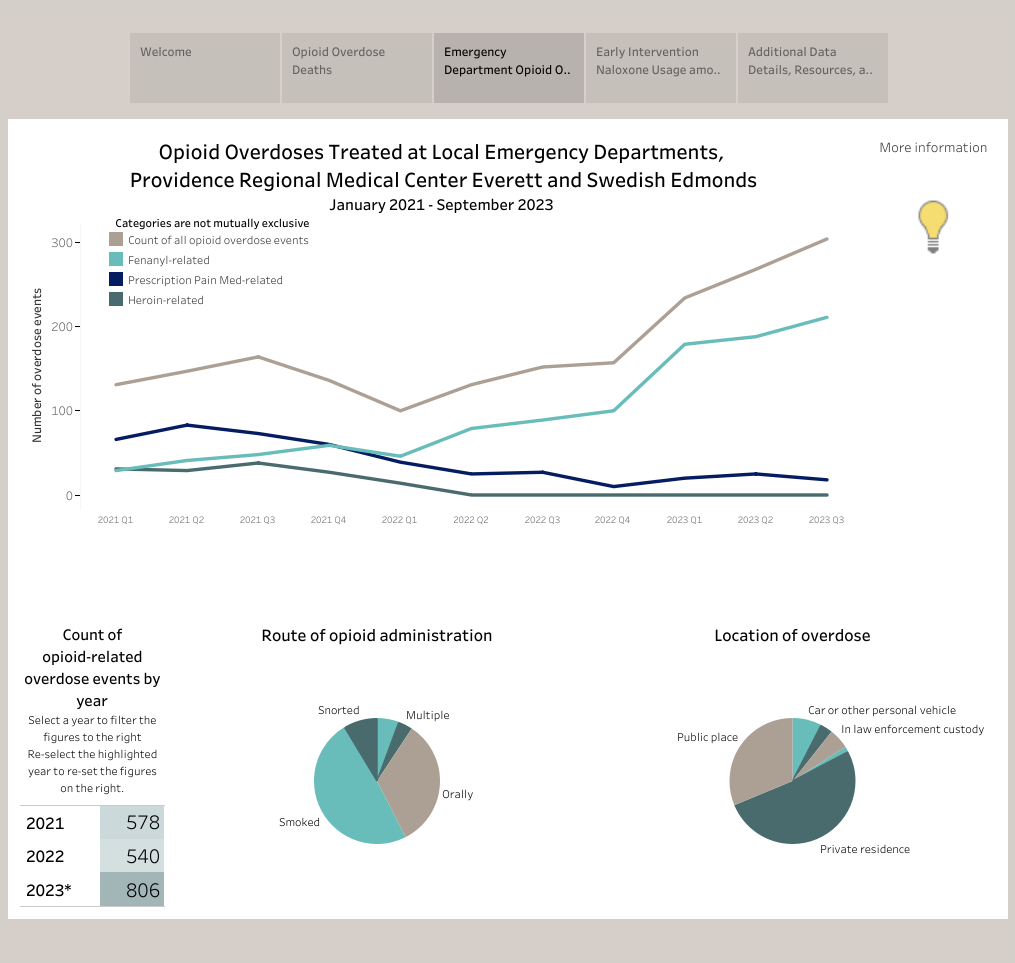LAKE STEVENS—House Bill 2002 would make it a gross misdemeanor—or a class C felony if a minor is involved—to knowingly or intentionally exhale the smoke of fentanyl, methamphetamine, or their derivatives in a public space within 10 feet of another person, or within an enclosed public space with another person.
The landmark bill, introduced by Representative Sam Low (R-Lake Stevens), comes after numerous incidents of hospitalizations throughout 2023 due to fentanyl exposure including a Mill Creek case that left a 1-year-old baby dead.

“The pervasiveness of fentanyl and meth poses a clear and present danger to the health and safety of all Washingtonians,” said Low. “While addiction grips adults across the state, the tentacles of this crisis reach far beyond, endangering the lives of even the most innocent—our babies and toddlers. We must do more to protect them and others from exposure to these deadly poisons. We can do that through this bill, which would hold individuals accountable for putting their fellow citizens at risk.”
On May 7, an unresponsive 1-year-old baby, Avril, was brought into Swedish Medical Center in Mill Creek where she was pronounced dead from a suspected fentanyl exposure; and less than a week later, Drug Task Force K-9 Sully was found unresponsive following an early morning operation on May 11. After administering three doses of Narcan, K-9 Sully began waking up.
Two young children — an 11-month-old boy and his 11-month-old twin sister — on May 23 were exposed to fentanyl in a South Everett hotel room and were transported to hospital for medical evaluations. The children along with their 11-year-old brother were turned over to Child Protective Services.
Two Snohomish County Sheriff’s Office deputies were transported to hospital after secondhand exposure to fentanyl smoke in a routine nuisance complaint check in unincorporated Bothell on May 29. After confronting the driver, both deputies began experiencing the effects of fentanyl exposure. It was later discovered that the driver smoked fentanyl in his vehicle shortly before both deputies arrived on the scene.
Snohomish County Corrections Deputies called a medical emergency at the Snohomish County Jail on May 17 when seven inmates suffered a fentanyl overdose, luckily there were no reported deaths. An Arlington man was charged and found guilty with connection to this incident. In July a second incident of fentanyl exposure involving two inmates was again reported at the Snohomish County Jail. That suspect was eventually charged after a rectal scan and subsequent “medical procedure” to confiscate the contents revealed it was fentanyl.

A 2022 Washington Poison Center report stated: “This year we saw a record number of opioid-related exposure cases, most involving the synthetic opioid fentanyl. The poison center was not alone in this trend—in 2022, there were increases across our state and country in police interdictions and, unfortunately, deaths due to fentanyl.”
Because of the potency of fentanyl, it only takes a very small amount to cause overdose and death. According to the Drug Enforcement Administration (DEA) a packet of artificial sweetener is about 1,000 milligrams. Approximately 2 mg is the dose of fentanyl considered lethal; one packet of fentanyl (equivalent to a packet of artificial sweetener) would be enough to kill 500 people.
A University of Washington exposure assessment study conducted between March and June of 2023 and performed on 11 buses and 19 train cars in the Puget Sound (including Portland Metro), found that fentanyl and methamphetamine smoke lingered on public transit vehicles.
According to the study, of the 78 air samples, 20 (25%) had detectable fentanyl and 100% had detectable methamphetamine. Of the 102 surface samples, 47 (46%) had detectable fentanyl and 100 (98%) had detectable methamphetamine.
The study concluded that although samples exceeding state and federal exposure guidelines for fentanyl and methamphetamine were uncommon, “the potential for long-term physical or mental health effects related to low-level, daily secondhand exposure to fentanyl and methamphetamine should also be considered for transit operators…”
A KIRO 7 investigations on board King County Metro transit buses showed people smoking and passing blue fentanyl pills on foil with passengers present.
Currently youth aged 18 and younger currently ride for free on public transit in Snohomish and King counties. According to Substance Abuse and Mental Health Services Administration (SAMHSA), the impact of drugs is uniquely harmful to a developing adolescent’s brain which affect the prefrontal cortex of the brain that is responsible for decision making. Exposure to drugs not only increases risky behaviors in teens, but it also impedes their ability cope with stress and develop healthy motivational behaviors.
Since the Washington Supreme Court struck down the state’s felony drug possession law in the “Blake” decision two years ago, law enforcement have reported difficulty effectively policing illegal drug use and its secondhand consequences to unsuspected victims. Several cities across Washington state have passed laws prohibiting drug use in public places —Marysville, Lynnwood, Everett, and Bellingham to name a few— with the penalty of a misdemeanor and subject to arrest if diversion treatment is turned down.
According to the Snohomish County Health Department, more than 860 people in the county have died of overdoses since the start of 2020, and 658 of those were opioid-related. The total of deaths attributed to fentanyl was 179 within the three quarters of 2023, only 10 shy from all of those who died of the synthetic opioid in 2022. A majority of deaths were male between 25 to 64 years of age.

managed and maintained by the Snohomish County Health Department.. SOURCE: Data – Snohomish Overdose Prevention
Snohomish Overdose Prevention reports that local emergency departments, Providence Regional Medical Center Everett, and Swedish Edmonds had 578 fentanyl overdoses treated as of the end of September for 2023 alone—a 170% increase for the same period in 2022. Data shows that 49% of overdose events were in a public place (including hotels, shelters, medical facilities), vehicle, and in law enforcement custody.
The Snohomish County Sheriff’s Office shared that the Drug Task Force is looking into procuring a K-9 that can detect fentanyl and the Control Operations Division is currently reviewing additional safety precautions and evaluations for county deputies in this new emerging work hazard — fentanyl exposure.
Currently, no local law enforcement dogs are trained nor certified through the state of Washington’s Criminal Justice Training Commission to find fentanyl.
Author: Mario Lotmore










One Response